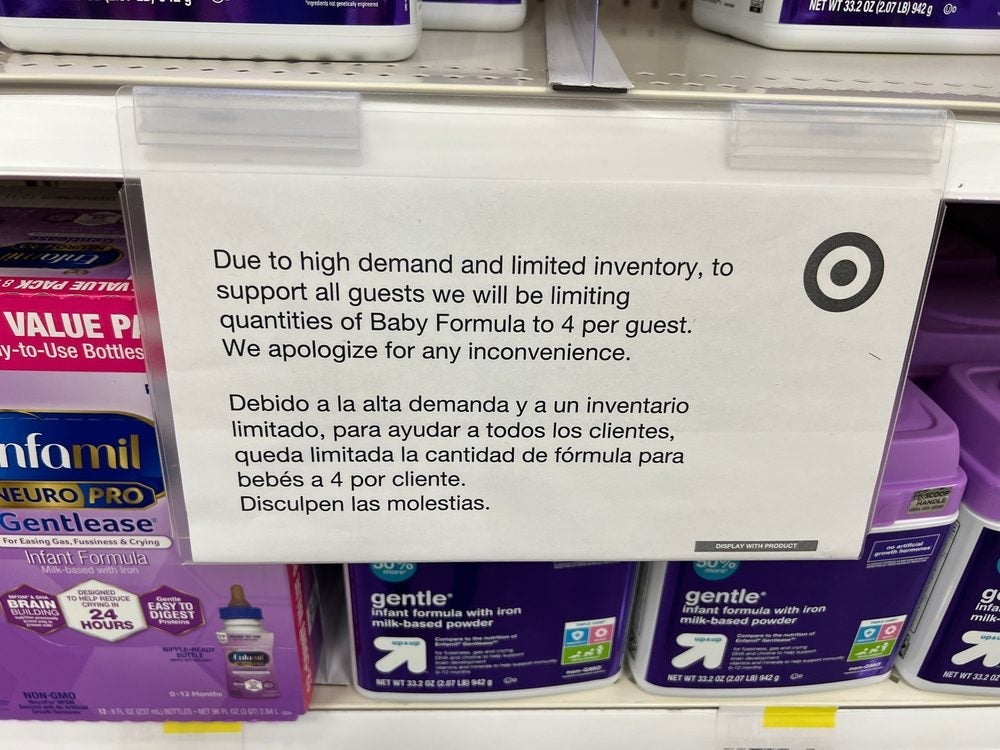Business-to-business marketers have used private promotional databases to improve response and better target their mailings since the early 1980s. Now, says Linda Huntoon, executive vice president, of Greenwich, CT-based list services firm Direct Media, consumer merchants are starting to take advantage of them as well.
To build a private database, you need to rent names, put them through a merge/purge process, build a model designed for the offer or offers being mailed, and mail the names that reach the potential profit level desired. If that sounds off-putting, fear not: Your list broker administers the database, orders the names, negotiates the list costs, develops and maintains the list usage reporting system, and handles all invoices and payments.
The real economies come into play, Huntoon says, when the mailer has multiple offers or when there is a protracted season with multiple or successive drops. A consumer cataloger mailing during the holiday season, for example, could mail names that historically perform best early in the season when overall response rates are poorer, and use those that perform marginally at the end of the season, when all response rates are higher. You could then rent, say, 100,000 names are rented at the beginning of the season and mail 20,000 in September, 50,000 in October, and 80,000 in November. You would mail some of the names twice or even more, while some you wouldn’t mail at all, depending on their ranking in the model.
Assuming you have the permission of the list owners, Huntoon recommends storing at least 12 month of promotional data in a private promotional database. This enables you to analyze campaigns by historical performance, as well as to look at contact strategies on a deeper level than exists with traditional mailing analyses.
 Network
Network

